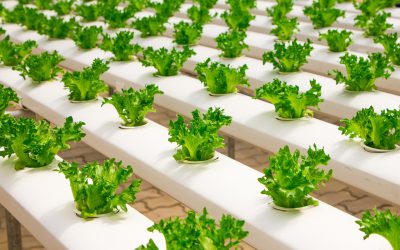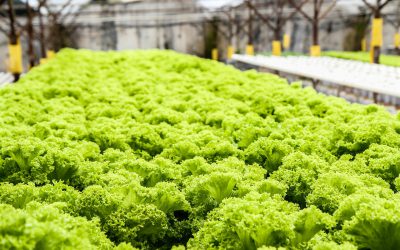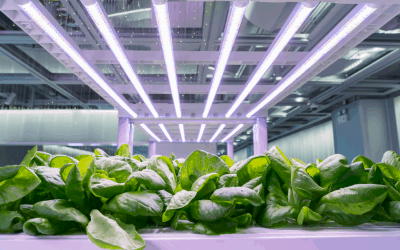Written by Jared Anderson
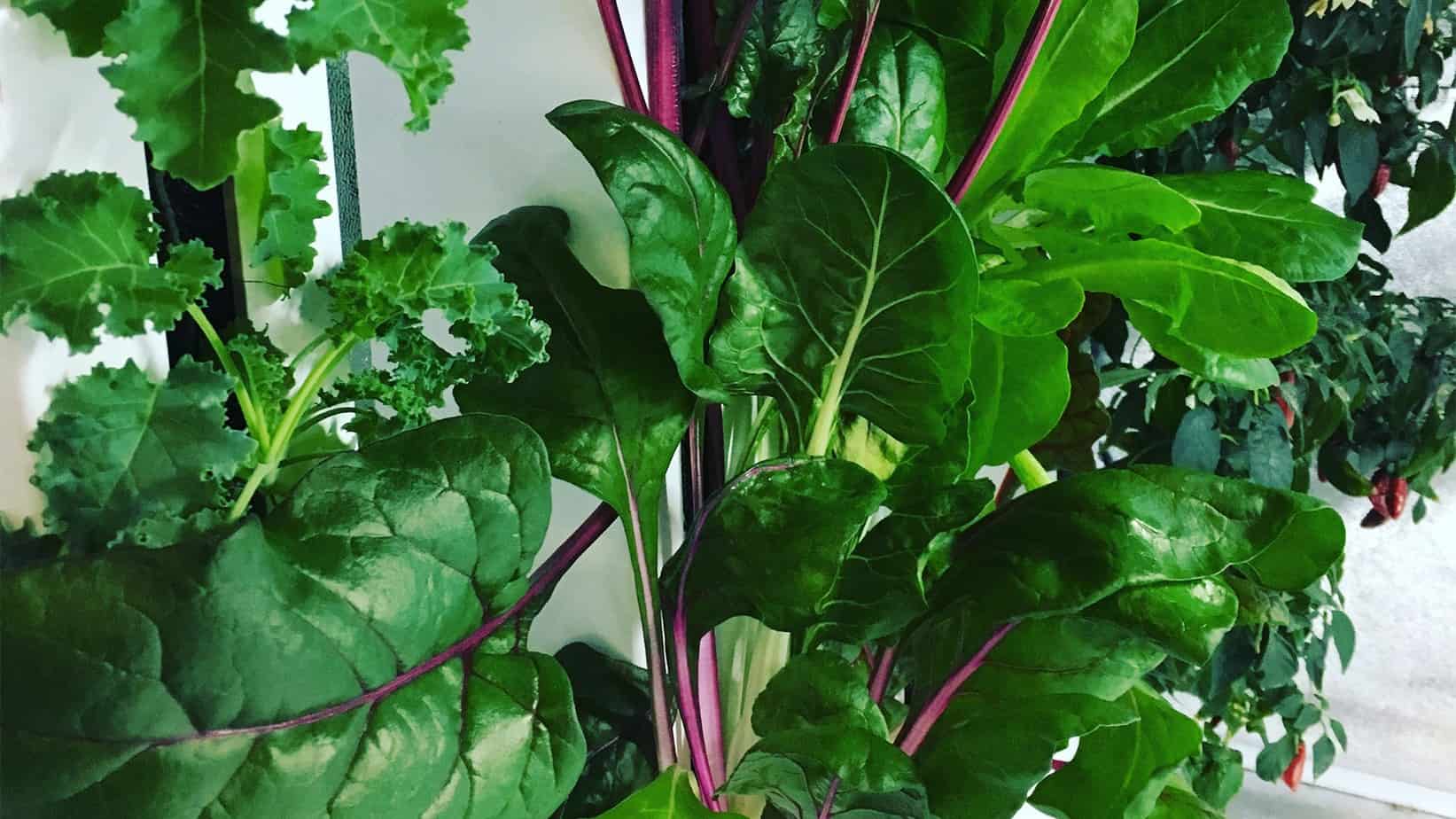
Table Of Contents
- 1 What Is An Indoor Vegetable Garden?
- 2 Things To Consider When Designing Your Indoor Vegetable Garden
- 3 What Can I Grow In My Indoor Garden?
- 4 How Much Will This Cost?
- 5 Why Should I Have An Indoor Garden?
- 6 Nutrient Film Technique 101
- 7 A Deep Dive On Deep Water Culture Hydroponics Systems
- 8 What Is Hydroponics Gardening? | A Complete Beginner’s Guide
What Is An Indoor Vegetable Garden?
An indoor vegetable garden is really exactly what it sounds like: a vegetable garden that’s grown indoors utilizing artificial lighting. Now more than ever we’re seeing gardeners and farmers turn to hydroponic based methods in lieu of soil.
The great thing is, growing fruits, vegetables, herbs, flowers and more at home and indoors has really never been easier!
Starting an indoor vegetable garden is a great hobby and probably more importantly, it’s an even better way to eat! Maybe it’s just me but fruits, vegetables and herbs that I’ve grown myself just seem to taste a little bit better. Maybe it’s the peace of mind, knowing exactly where it came from and the care that went into growing it.
In this article, I’ll walk you through the ins and outs of starting your own indoor garden and things to consider when designing your first indoor vegetable garden. By the end of it you’ll be armed with all the knowledge you need to be up and growing in less than a week.
Things To Consider When Designing Your Indoor Vegetable Garden
Before you start buying the most expensive gardening kit you can find and 6 months worth of seeds, I would spend a little time designing your garden and even consider going the DIY route.
Here are the things I would keep in mind:
Location Of Your Indoor Garden
Are you in an apartment, condo, or home? Obviously with each one there’s different things to consider, but ultimately will determine your options. I’ve had indoor gardens in my gararge and basement, but have seen everything from right in your kitchen to a spare closet.
Within the location there are important variables to consider when deciding where your indoor garden will be. For a lot of people, their garage or basement are ideal locations but there are a few things you should always keep in mind like:
- Temperature: Depending on where you live, will determine what (if any) equipment you’ll need to purchase to help maintain your indoor garden’s temperature. While living in Austin, TX, I had an indoor garden in my garage and to combat the blistering heat of the summer, I relied on a small portable AC. Now that I live in Colorado, I still have the portable AC connected but it rarely kicks on. All year I have an oscillating fan which helps prevent mold, pests and assists with pollination. Temperature can limit what you decide to grow at certain times or possibly altogether.
- Water Access: If you don’t have water access in your garage, basement, or wherever you decide to set up your indoor garden, it’s likely you’ll go the route I went which was filling up 5 gallon jugs and carrying them in there. So do yourself a favor and make the distance as short as possible.
- Drainage: With any hydroponics or aeroponics system, from time to time you’re going to have to drain and clean out your reservoir. Make sure you keep that in mind when getting everything set up.
- Water Safe: Although you may go your entire gardening career without a leak or major spill, it’s always important to be prepared for that worst case scenario. Depending on where you set up your indoor vegetable garden, make sure there are no electrical cords or anything that could be easily damaged or cause a hazard, in the case of a spill or leak. In many cases apartments and condos won’t allow any type of hydroponic gardening for this reason.
- Prying Eyes: Even with growing fruits, vegetables, herbs and microgreens you always have to consider the nosy neighbors who may assume you’re growing something other than fruits and veggies. Now depending on what state or country you’re in may determine how big of an issue this really is. If you plan to grow in your garage a grow tent helps to eliminate this worry almost completely, by keeping everything out of plain sight.
What Can I Grow In My Indoor Garden?
When deciding what fruits, vegetables and herbs make it into your garden, it’s important to keep in mind all the variables we discussed above regarding the location.
Here are the key things to consider when pick your plants:
Temperature: Not all plants prefer it warm and sunny. On the contrary, some plants like it more cool and overcast 🙂 This is something very important to consider when choosing what you’ll be growing in your indoor garden. One of the easiest things you can reference is known as “Companion Planting.” These are groups of plants that basically like that grow well in the environment and may benefit from being grown in the same space as another type of plant.
Humidity: As with the temperature, not all plants prefer the same humidity. Once again like the temperature, when growing a multitude of things you’ll basically have to find the happy medium across all the plants you’re growing.
Required Growing Space For Each Plant: This seems like one of the most overlooked parts of designing your indoor garden, not accounting for the full size of the adult plants.
When mapping out your indoor garden you need to make sure you’re allowing enough space between each plant so they have enough space to grow. Here’s a free spreadsheet that outlines the distance between each plant for a large number of vegetables.
How Much Will This Cost?
There’s a lot of variables but I think with anything new like this it’s best to start small and build your way up. On the low end, you get started for around $50 with some simple desktop systems and the price really can go up from there.
When deciding on what hydroponics system you’ll be using for your vegetable garden, you need to keep in mind everything we’ve discussed to this point. Each hydroponics system offers its own unique pros and cons and depending on what you want you intend on growing one type may be better over another.
Here are my two favorite systems:
TowerGarden: Although somewhat expensive, I think this is one of the best designs and easiest systems to maintain. The TowerGarden can grow up to 32 plants at one time in this all-in-one vertical aeroponics system.
As you can see the system is just like the name portrays, all the plants are planted within a vertical tower that is mounted to a 20 gallon reservoir. Within the reservoir a small pond pump, pumps the nutrient solution to the top of the tower into a hole filled cap, so the solution rains down onto the exposed roots of the plants.
This system makes it incredibly easy to grow healthy and delicious fruits, vegetables and herbs indoors.The next system I really love and use is the…
ZipGrow Farm Wall: The ZipGrow Farm Wall is an all in one system that allows you to grow a number of fruits, vegetables and herbs in a really small amount of space.
The system utilizes their unique ZipGrow towers that utilize a filter like mesh and felt “wicking strip” to help keep the roots moist and provides a place for them to grow.
The ZipGrow Farm Wall comes in 4 and 8 tower options, with a number of add-ons like a top-off reservoir along with a light system designed for it.
This all in one system is very comparable to the TowerGarden in terms of what you can grow, water usage and overall cost.
Both of these systems are what I would consider a little on the expensive side, but I look at it more like an investment as both systems should last a long time if properly cared for. This plus the ability to grow your own food at home is hard to put a price on.
With that said, there are a number of great systems you can get started with like a simple Deep Water Culture (DWC) like this one or one of the single bucket varieties:
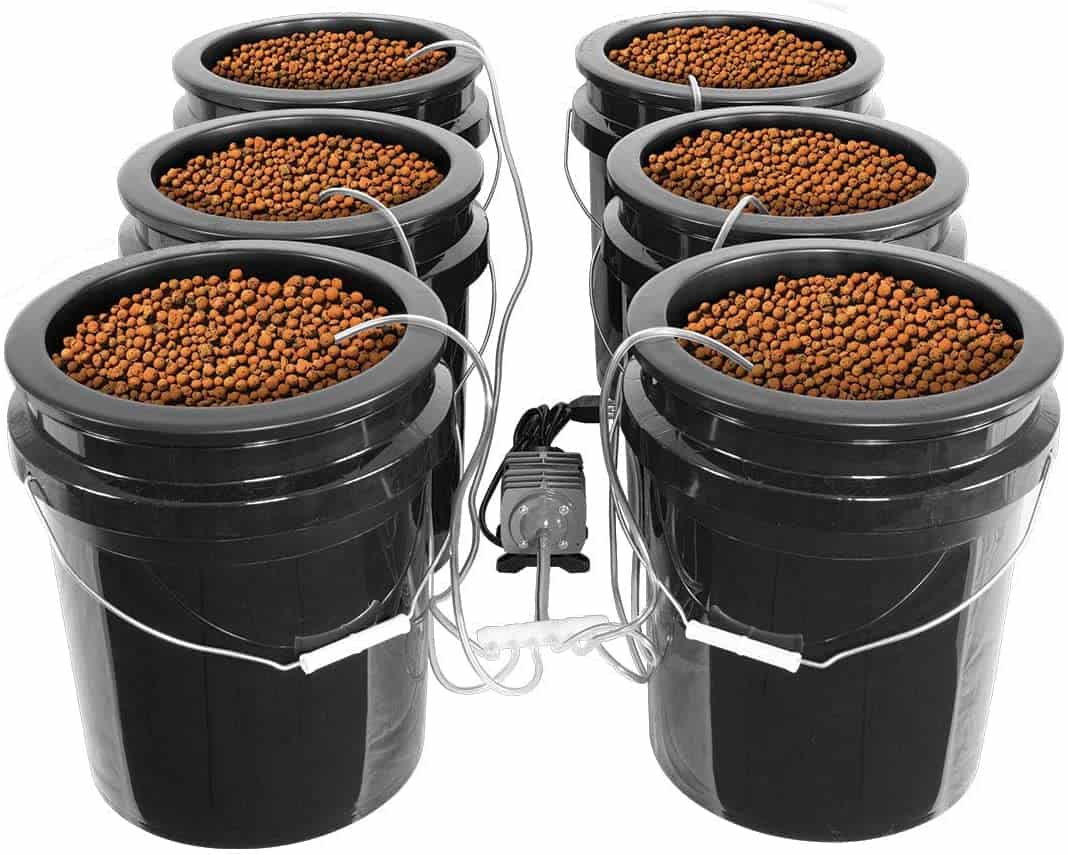
Why Should I Have An Indoor Garden?
Despite the obvious reason of having fresh and delicious homegrown fruits, vegetables and herbs; here’s a few reasons why I love having an indoor garden and have for nearly a decade:
- I find it very therapeutic and calming. The sound of the water running through the different systems is very peaceful. I also find the whole process of growing something from a seed into something far larger and greater to also be pretty fascinating.
- Great hobby to share with a friend or family member. My girlfriend and I both enjoy working in the garden and just spending time with the plants…as weird as that may sound 😉
- Much easier to manage, compared to my outdoor garden. Being able to control and maintain the environment makes it far easier to get consistent results when growing.
- As mentioned, food is not the only thing you can grow in your indoor garden…another great thing to consider are (edible and non-edible) flowers. Not only for their obvious beauty, but in many cases that added aroma
- Depending on what you’re growing and where you’re growing it you may benefit from the oxygen cleansing benefit many plants possess.
So if you’ve been considering if you should start an indoor garden, the answer is most certainly YES! An indoor garden is a great hobby and way to connect with your friends and family over something incredibly positive like growing your own food right at home.
Related Articles
Nutrient Film Technique 101
The Nutrient Film Technique is one of many popular hydroponic growing techniques. In fact this method is deployed across both hobbyist gardens and large commercial grow operations.
A Deep Dive On Deep Water Culture Hydroponics Systems
What is Deep Water Culture or DWC hydroponics? Check out the benefits and how easy it is to get started growing using the DWC method.
What Is Hydroponics Gardening? | A Complete Beginner’s Guide
What is hydroponics? Since the recreational legalization of cannabis in Colorado in 2006, the word ‘hydroponics’ has been knocking on the doorstep

